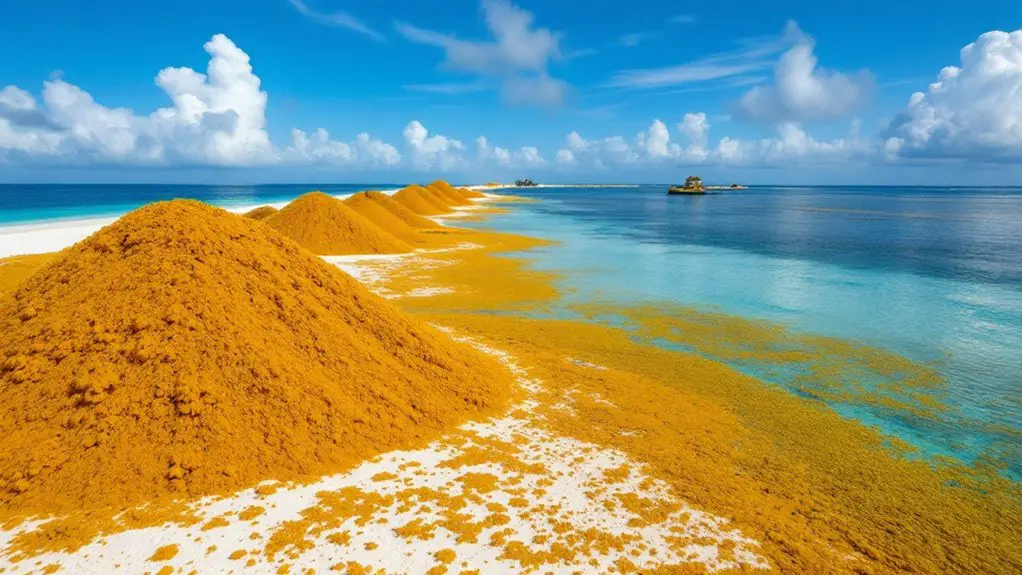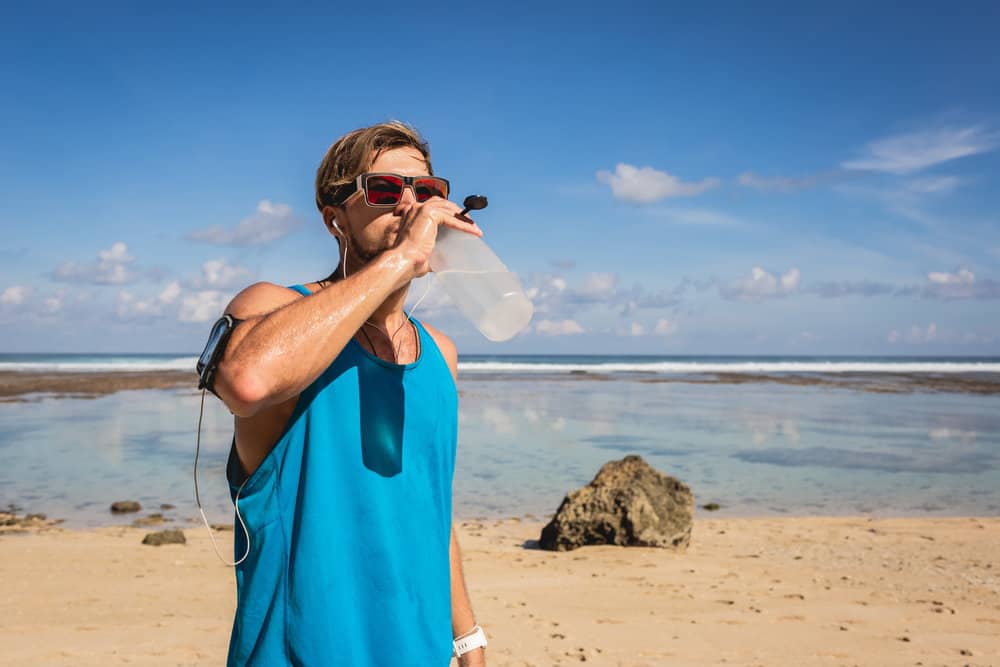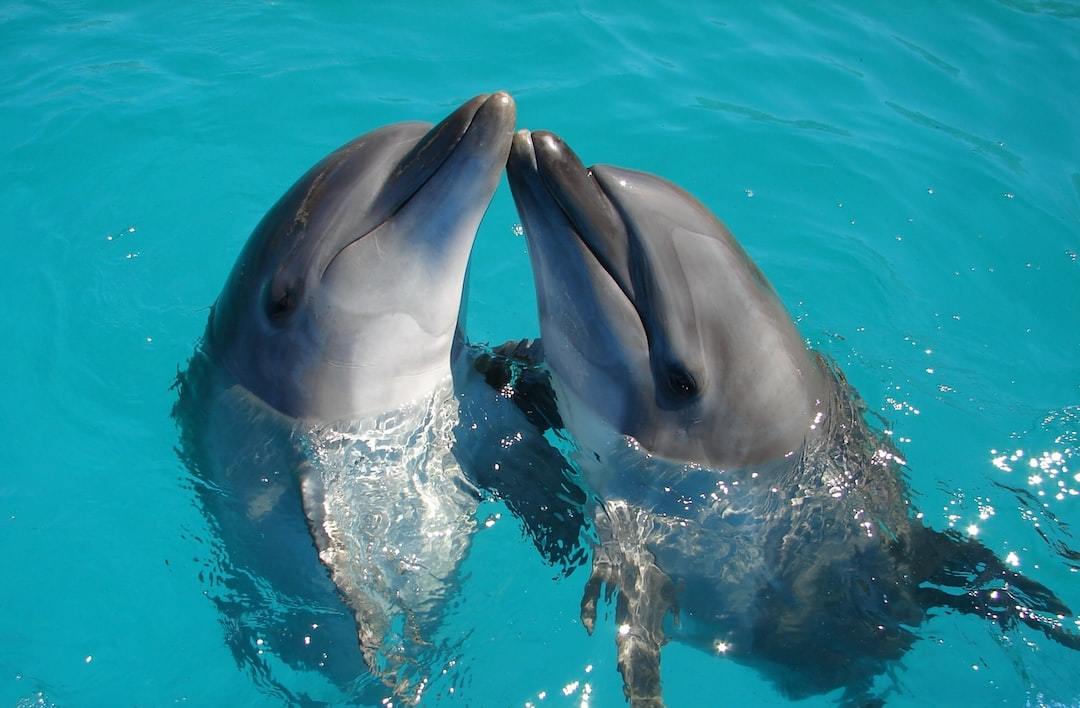Specialized crews have mounted an aggressive, multi-pronged response to combat the influx of sargassum seaweed threatening Cozumel's pristine shorelines, implementing both preventative and remedial strategies to mitigate economic and environmental consequences. The substantial removal of 114 tons within a quarterly timeframe represents a noteworthy achievement in the island's ongoing battle against this marine biomass that inherently disrupts coastal ecosystems and tourism viability, necessitating continuous intervention to maintain Cozumel's competitive position in the regional tourism market.
You'll find that Cozumel's approach differentiates itself through strategic deployment of anti-sargassum barriers at critical interception points, effectively reducing shoreline accumulation compared to neighboring destinations such as Playa del Carmen and Tulum, where reports indicate approximately 80 tons of seaweed deposition during singular meteorological events.
The geographic positioning and coastal morphology of Cozumel confer natural advantages, with the western shoreline experiencing markedly reduced sargassum landfall due to prevailing currents and the island's protective orientation. The Navy has contributed significantly with 328 personnel deployed across the region to support these cleanup operations.
Manual collection efforts constitute a substantial portion of the remediation protocol, with specialized equipment augmenting human resources to maximize extraction efficiency while minimizing disruption to beach integrity. The operational logistics involve coordinated efforts between federal authorities, municipal governance, and private enterprise stakeholders, creating an integrated response system that prioritizes high-traffic tourist zones while maintaining ecological sensitivity. Zofemat recently collected 7 tons of sargassum along a 700-meter stretch of Rafael E. Melgar beach as part of their prompt response efforts.
You'll observe that the economic justification for these labor-intensive processes stems from tourism dependency, with clean beaches representing a non-negotiable asset in maintaining visitor satisfaction metrics and competitive positioning.
The environmental calculus remains complex, as sargassum simultaneously provides erosion protection and marine habitat formation while potentially impeding sea turtle reproduction and harboring pathogenic bacteria when accumulated in excessive quantities.
Satellite monitoring technologies have enhanced predictive capabilities, allowing cleanup crews to anticipate major sargassum events and allocate resources accordingly, reducing reaction time and improving operational efficiency. This data-driven approach represents the evolution of Cozumel's sargassum management strategy, shifting from reactive measures to anticipatory protocols designed to minimize both economic and environmental impact through scientific forecasting.




